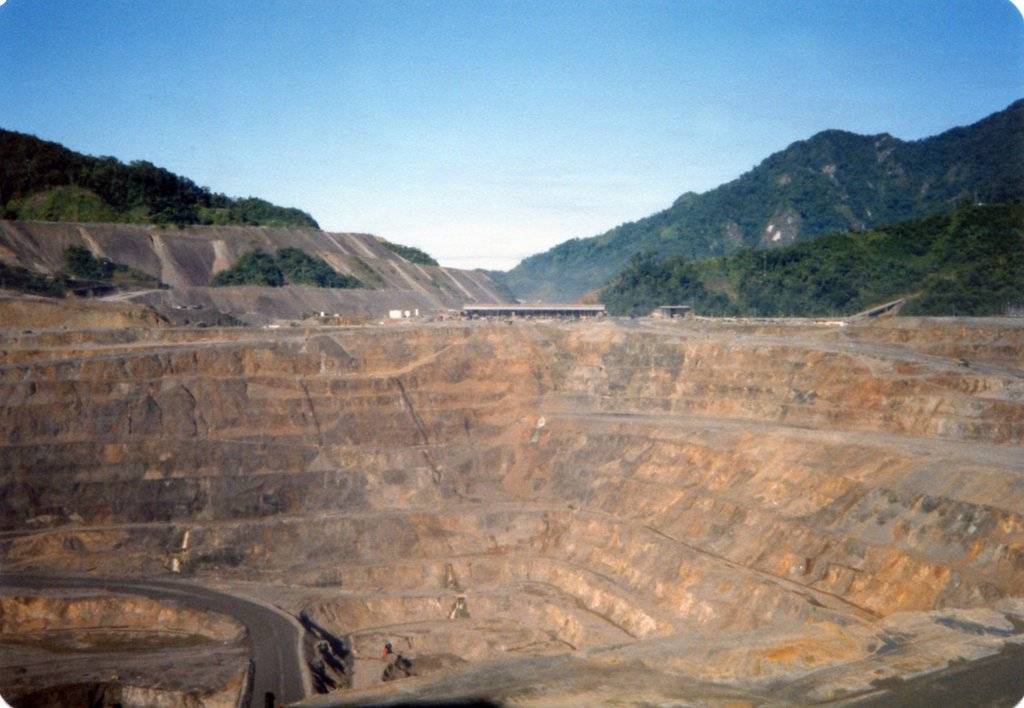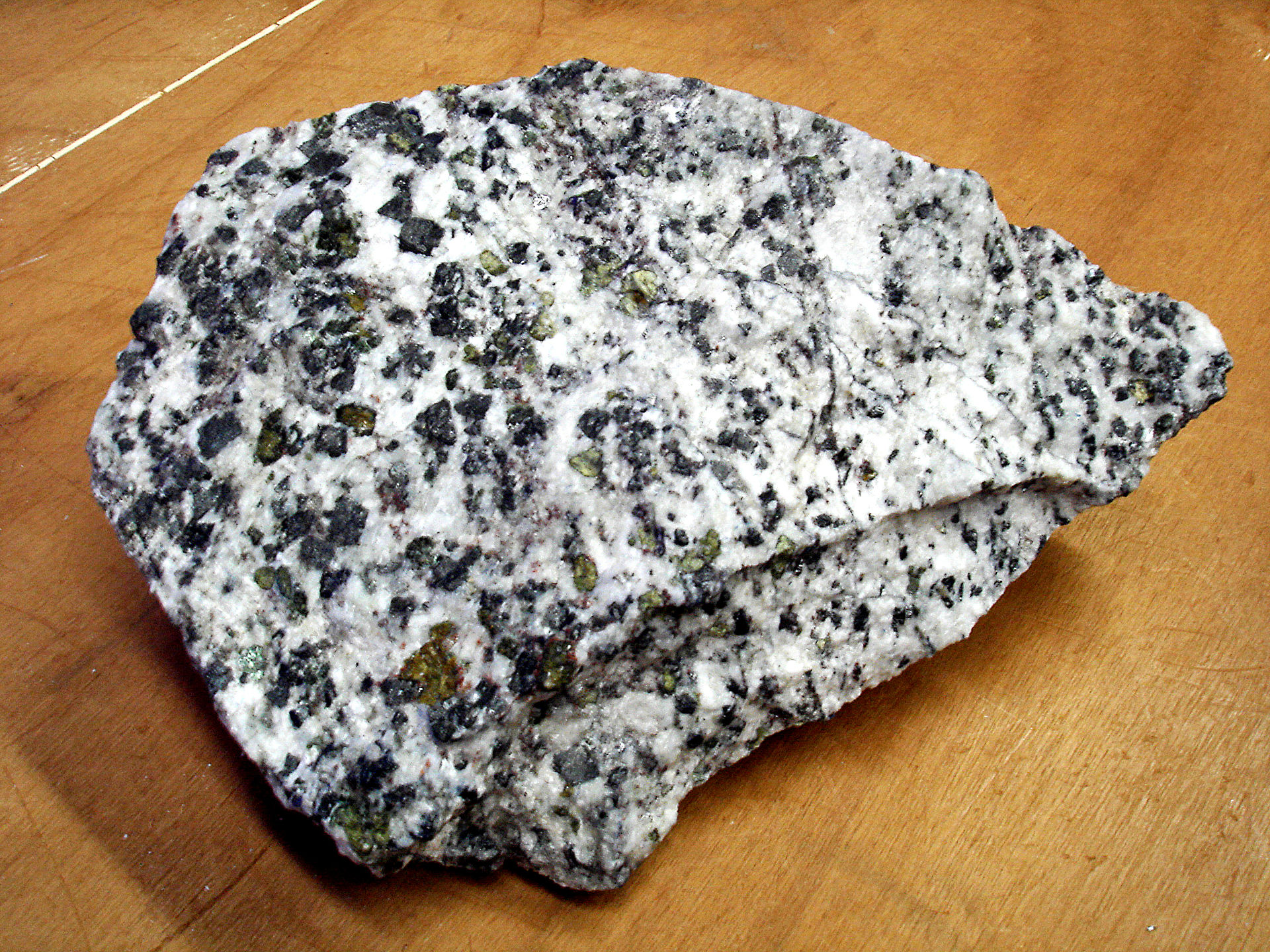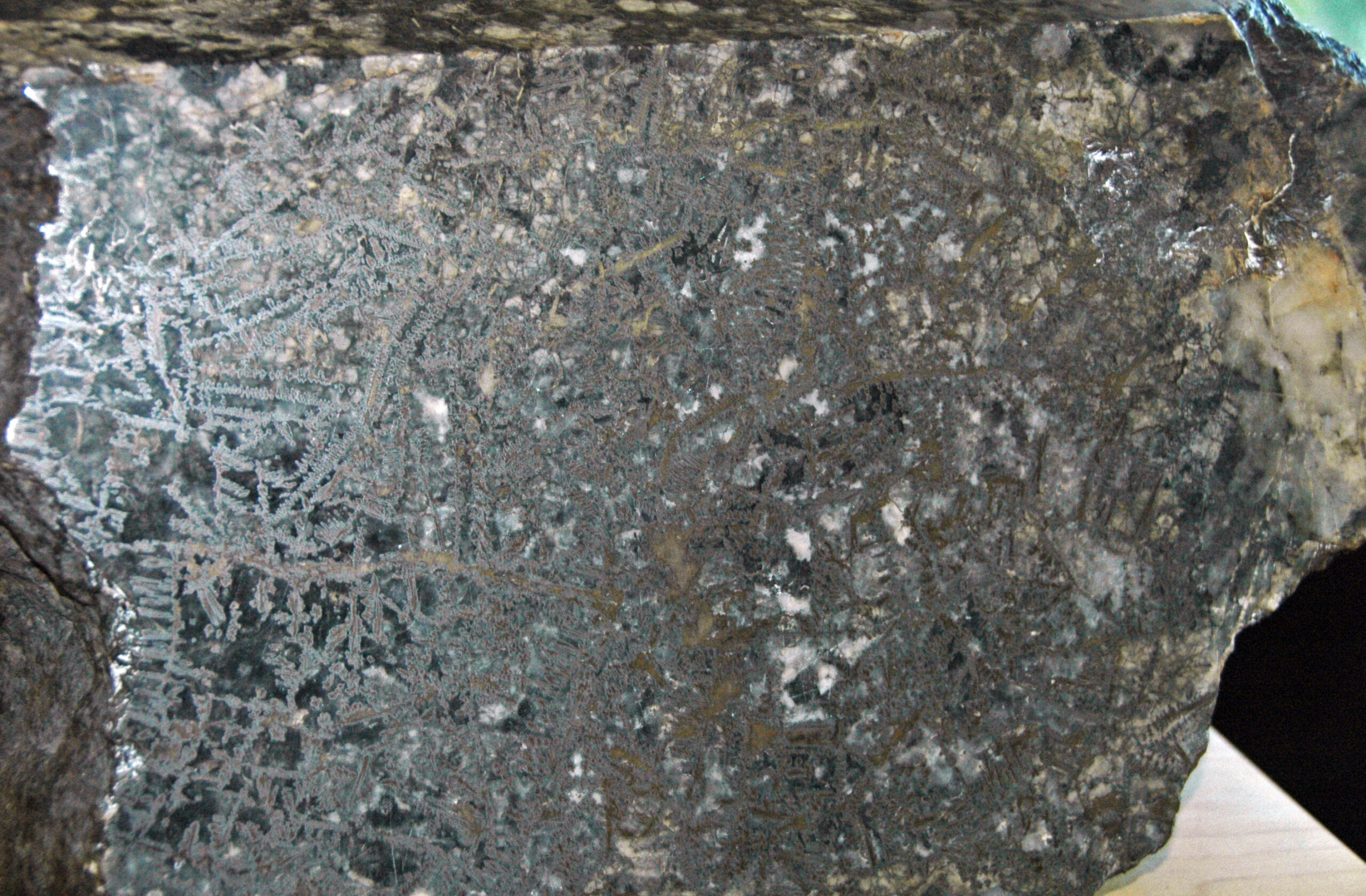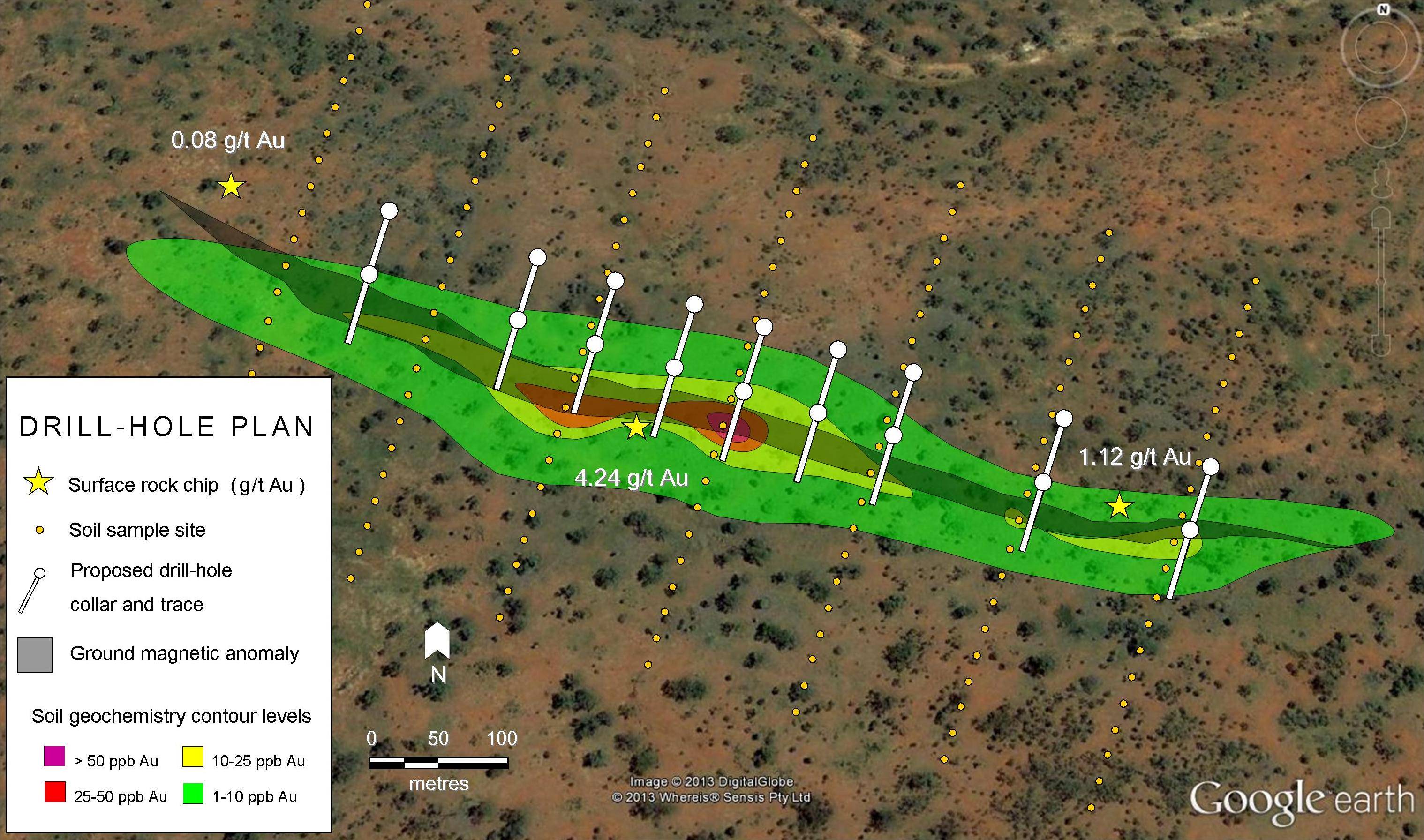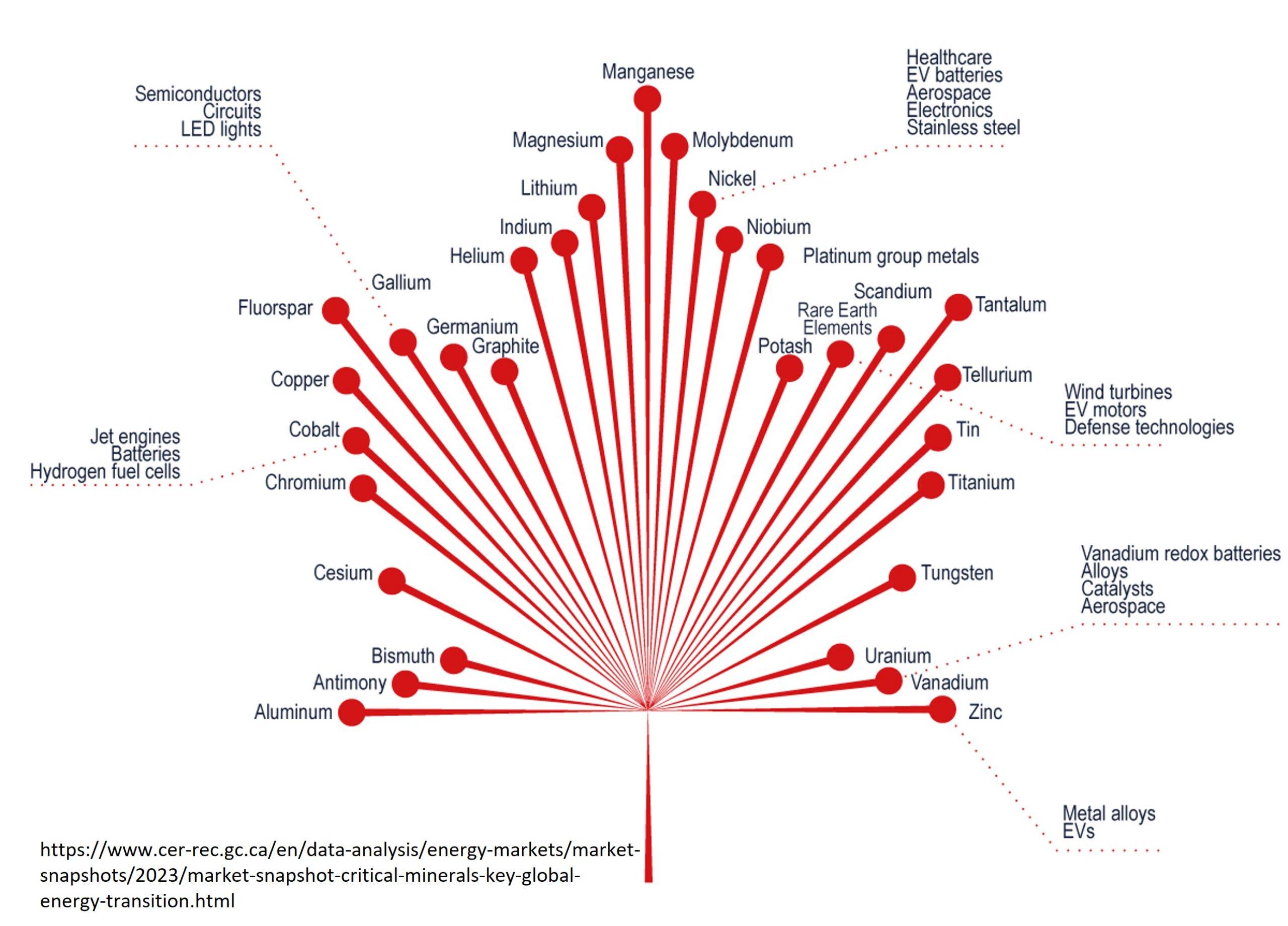Reconnaissance exploration is the geologic equivalent of going for a walk: Geologist or prospectors will look-around, take some samples, take notes and make rudimentary maps of prospective locations. They may also scope out potential locations for field camps and determine access routes.
[box type=”info” align=”aligncenter” ]Disclaimer: This is an editorial review of a public mining company press release and is not an endorsement. It may include opinions or points of view that may not be shared by the companies mentioned in the release. The editorial comments are highlighted so as to be easily separated from the release text and portions of the release not affecting this review may be deleted. Read more at How to Use this Site.[/box]
VANCOUVER, BRITISH COLUMBIA–(Marketwired – Oct. 9, 2014) – Centurion Minerals Ltd. (TSX VENTURE:CTN) (“Centurion”, “the Company”) announces that the Company has completed a reconnaissance (Phase 1) exploration program on the “Slate Belt” concession located in central Myanmar and continues to compile historical geological and exploration information. The Company has identified six priority exploration targets that will be the focus of a Phase 2 exploration program.
[box type=”note” align=”aligncenter” ]
To be honest, we’ve never heard of these guys before today, but this news from junior miner Centurion Minerals gives us a chance to highlight a region that doesn’t get much attention from mining companies: Myanmar (formerly and sometimes still know as Burma).
In the past, the company has focused primarily on it’s epithermal gold, porphyry copper and base metal projects in Indonesia but those appear to have stalled under the weight of protectionist Indonesian mining regulations and a poor investment market. In 2012 the company announced that it would abandon all but one of it’s Indonesian properties and seek opportunities in Myanmar, where trade sanctions had been recently lifted. In 2013 the company finalized it’s application for mineral concessions and earlier this year they did some reconnaissance geology in the region. This news highlights a number of prospects identified during the recon program which the company would like to explore.
While Myanmar is a geologically exciting and under-explored country, working there is not without it’s risks. You can read more about this in our article on promises and risks of the Myanmar (Burma) mining industry.
[/box]
Centurion is currently evaluating two mineral exploration concessions located in the major north-south trending gold belt in central Myanmar. The Slate Belt Concession is located approximately 125 kilometers (“km”) south of Mandalay and covers an area of approximately 700 square km. The Bani Concession (also referred to as the Kin Ywar Concession) is located approximately 40 km north of Mandalay and covers an area of approximately 1000 square km. Both properties are road accessible and exploration activities can be completed year-round.
Slate Belt Concession
Active mining operations are located immediately south and east of the Slate Belt concession boundaries. The Modi Taung mine, a mesothermal lode gold deposit discovered by Ivanhoe Myanmar Holding Ltd. (“Ivanhoe”) in 2000, is located approximately 20 km south of the concession and is hosted by Mergui Group mudstone. Gold/copper/antimony skarn type mineralization occurs in the Lebyin district located approximately 4 km east of the concession. Vein type gold mineralization is hosted by Mogok Metamorphic rocks in a number of locations north of the Slate Belt Concession including the Shante gold mining district.
Bani (Kin Ywar) Concession
A number of gold prospects and one active gold mine are located in the vicinity of the Bani Concession. The Paung Taung Gold Mine, described as a stratabound lode gold deposit, is located approximately 7.5 km south of the Concession. Similarly sedimentary rocks hosting gold-bearing quartz vein mineralization occur at the Yegi and Kin Ywar prospects located approximately 1.6 km south and 3 km west, respectively, of the Concession. The succession of sedimentary rocks hosting the Payaung Taung Gold Mine has been mapped to continue onto the Concession. The Concession area is subject to seasonal placer mining operations and previous work by the DGSE confirms the presence of gold bearing stream sediments. Recent evaluation of the local and regional drainage completed by the Company suggests that the sedimentary rocks underlying the Concession represent a potential source for the placer gold.
[box type=”note” align=”aligncenter” ]
The geology of Myanmar is highly complex. The resource-rich country is known for everything from gem deposits to oil and gas reserves; from nickel laterites to intrusion related deposits containing tin, tungsten, antimony and copper. The area is also known to contain placer gold deposits and related gold-bearing source rocks. Centurion is focused on two mining concessions prospective for gold.
[/box]
Highlights of Phase 1 Exploration and Data Compilation
Based on the geological and structural setting of the Slate Belt Concession, as well as adjacent mining operations, exploration targets within the Slate Belt Concession include: 1) sedimentary hosted mesothermal lode gold deposits, 2) intrusion related gold, copper, (+/- antimony) deposits, and 3) quartz veins and disseminated gold deposits hosted by metamorphic rocks. Highlights of the recently completed Phase 1 field work in the Slate belt Concession as well as on-going data acquisition and compilations include:
- The Upper Nankwe prospect area consists of laminated and ribbon textured veins similar to those at the Modi Taung gold mine. Quartz veins with pyrite, chalcopyrite, and chalcocite are exposed in historical trenches at Upper Nankwe. Modi Taung style gold mineralization hosted by Mergui Group mudstone is currently being mined by Myanmar mining companies, and by independent operators, approximately 2 km south of the southern concession border.
- The Mindale prospect similarly consists of a previously mapped laminated quartz vein similar to those at Modi Taung.
- The Kyauk prospect has been reported to have alteration characteristics similar to those recognized at the Lebyin gold/copper/antimony district and was mined for copper during World War II.
- The Paungdaw prospect area is reported to contain quartz veins with textures similar to those at Modi Taung and containing native gold, pyrite, and chalcopyrite.
- The Tagundaing Chaung prospect has reported copper values of .07%, .08%, .09%, and 1.98% from samples of float consisting of quartz tourmaline breccia. During the Phase 1 field work, the area of tourmaline bearing breccias and quartz veins in float was expanded from that previously reported and a 0.6m wide quartz vein with fine grained pyrite exposed in a historical trench was traced by the Company for 35 meters.
- The Monbinzon Chaung target area is defined by a cluster of anomalous stream sediment samples ranging from 20 to 95 ppb gold occurring over an area of approximately 300 m x 400 m. Small scale alluvial gold mining is wide spread in the area. Altered granodiorite and metasedimentary rocks of the Mogok Metamorphic Belt hosting pyrite bearing and pyrite + galena bearing quartz veins have recently been mapped in this target area by the Company.
[box type=”note” align=”aligncenter” ]
In essence, reconnaissance exploration is the geologic equivalent of going for a walk: Geologist or prospectors will look-around, take some samples, take notes and make rudimentary maps of prospective locations. They may also scope out potential locations for field camps and determine access routes. Based on the highlights reported above it looks like they took a day or two to do exactly that.
[/box]
Phase 2 Exploration
The Company is planning Phase 2 exploration activities to commence upon the conclusion of the rainy season and will include advanced exploration in selected target areas within the Slate Belt as well as continued early stage concession-wide exploration and assessment in both the Slate Belt and Bani Concessions.
[box type=”note” align=”aligncenter” ]
The company is hoping to conduct a more formal early-exploration program that includes mapping, rock and soil sampling and stream sediment sampling programs. The problem is that they don’t have any money. This relatively inexpensive recon trip may help the company drum up interest and investment in a more expanded program. Or it may not. A few years ago, Centurion would have had little trouble raising the money to go into Myanmar with a full exploration program, despite the risk. Not so in this market.
Centurion is trading at $0.05.
[/box]
David Tafel, President and CEO of Centurion comments, “The results of the initial field work as well as the recently compiled historical exploration data clearly support our original exploration concepts of exploring for sediment hosted lode gold deposits and intrusion related gold-copper deposits within the Slate Belt Concession. The activities concluded to date will be utilized to focus more advanced exploration efforts, particularly in the southern section of the Concession.”
[box type=”success” align=”aligncenter” ]Have a company or release you’d like us to look at? Let us know though our contact page, through Google+, Twitter or Facebook.[/box]

